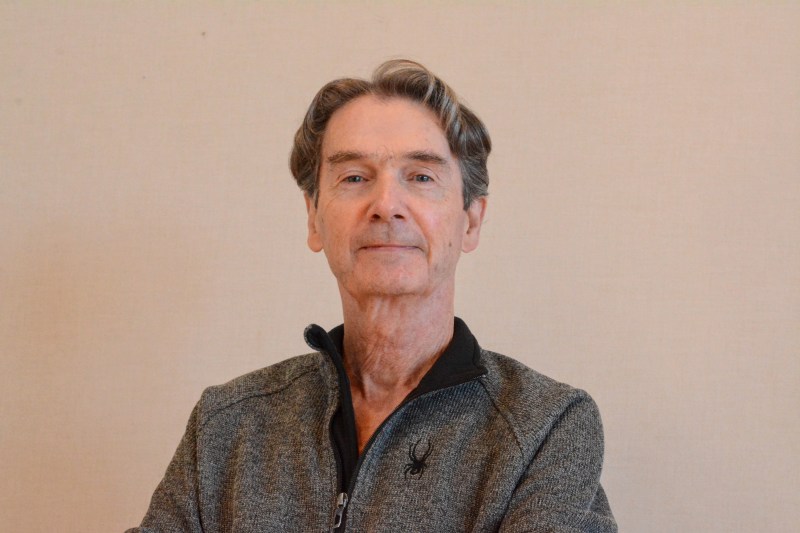Decades have come and gone, but Stanford’s Social Dance classes are as popular as ever. The classes frequently see a 200-person long waitlist, and in the pre-internet era, long lines of students camped outside of Roble Arts Gym to sign up for the classes each quarter.
Richard Powers M.S. ’70 has taught social dance at Stanford since 1992, after turning down two previous offers from the University. The first offer came when he was working on a miniseries for Warner Bros. The second time, he was working on a large performance at the Smithsonian. But third time’s the charm — he finally agreed to teach in 1992, beginning his 31-year journey.
Few know that Powers’ history at the University began even before he started teaching. He received his master’s degree in product design at Stanford and went on to work in product and graphic design. Currently, Powers holds patents for eight products, including the leak-proof hand sprayer, the tampon inserter and the childproof cap.
Powers became interested in dance at 27 years old. At that time, he took an Asian calligraphy class and started to learn tai chi in order to better “understand the breadth and the motion of large calligraphy.”
“It was a revelation to me,” Powers said about tai chi. He sought to learn other styles of movement and dance, like country dance, folk dance and Japanese kendo.
Studying dance piqued Powers’ interest in history. In 1981, he founded Flying Cloud Academy of Vintage Dance, a group in Cincinnati that recreates historic balls. Powers had also choreographed dance sequences for film and various stage productions, such as Warner Bros. miniseries “North & South,” set during the American Civil War.
But Powers’ favorite occupation to date has been teaching social dance at Stanford.
“What we have loved, others will love, and we will teach them how,” Powers said, quoting William Wordsworth. “It was my wish for others to discover what was wonderful about dancing. That led me to teach.”

According to Monica Shen Knotts ’93, former member of Stanford Vintage Dance Ensemble, Powers’ arrival transformed the social dance scene on campus.
“He really builds an amazing community on campus,” Knotts said.
After graduating, Knotts stayed at Stanford to help Powers teach his classes. According to Knotts, Powers had a special approach to teaching: He focused on fostering connections between dance partners rather than only teaching dance rules.
Powers has made many changes to the curriculum since 1992. As the old cassette tapes of ballroom dance music were replaced by the “music of today,” he tried to restructure the class to make social dance more relevant in the lives of students.
“He’s always looking to improve his teaching, which is really wonderful, especially for someone who’s been doing it for decades,” said Emily Saletan ’24, a teaching partner for Social Dance I. “He’ll come up to me or Annika [Mauro] and he’ll say, ‘I’ve been thinking about how I phrase this, and how saying it slightly differently might be better or might get the concept across to more people.’”
Annika Mauro ’23 M.S. ’24 is the other teaching partner for the course.
“Powers is constantly thinking about new ways to innovate and teach in a more ergonomic way,” Saletan said.
Powers incorporated “half time dance breaks” in classes, where everyone gathers around a screen that usually displays a quote about dancing. During half time, students listen to Powers talk about social dance’s practical relevance.
“To have a dance form where your focus is on other people, your partner, and wanting them to have fun, wanting them to have a good time, when you are dancing with them, when they’re dancing with you … that’s what I’m passionate about,” Powers said.
“He connects social dance to other parts of your life in ways [that are] kind of funny or entertaining; a lot of them tie back to relationships in a way,” said Emily Dickey ’23 M.S. ’25, a current student in Powers’ class.
“He definitely curates a space in class that’s very encouraging of trying new things. It’s okay if you fail, and no one really cares,” Dickey said.
Some students take social dance because they want to learn how to dance, and others take it on friends’ or classmates’ recommendation.
“Everyone told me it was a class I needed to take,” Dickey said.
